Hazards, Risk, and Resilience (HRR)
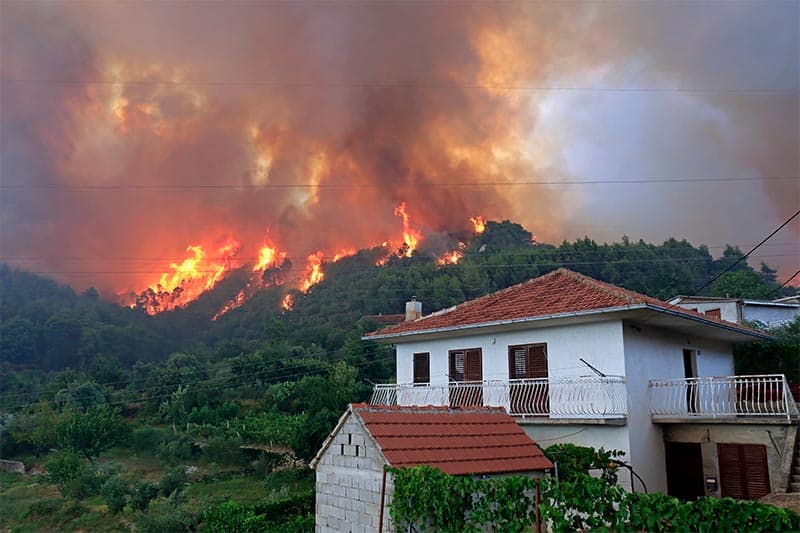
A Multidisciplinary Approach to Complex Problem
HRR integrates civil and environmental engineering, risk analysis, geospatial sciences, mechanics, and social sciences to provide a comprehensive approach to natural hazards research. Our researchers focus on:
- Risk analysis: Developing tools to assess the financial and societal risks of natural hazards, with applications in industries such as urban planning, insurance, and emergency management.
- Structural response to extreme loadss: Investigating the structural response to hazards such as fires, floods, and earthquakes, using advanced computational simulations and innovative engineering techniques.
- Flood phenomena: Conducting hydraulic lab experiments, field surveys, and numerical simulations to assess flood damage and evaluate protective countermeasures for coastal and flood-prone areas.
- Resilient infrastructure systems: Modeling how critical infrastructure responds to natural and man-made hazards, integrating virtual and augmented reality for rapid damage assessment and disaster response.
- Human-centered disaster information: Designing data-driven tools and frameworks that prioritize vulnerable communities in disaster risk reduction and recovery strategies.
Industries such as urban planning, insurance, and emergency management are increasingly recognizing the importance of expertise in risk analysis and mitigation. As disasters grow more frequent and severe, the demand for professionals who can assess and manage risk continues to rise.
Addressing and Mitigating Natural Hazards
The Hazards, Risks, and Resilience (HRR) research area addresses some of the most pressing challenges posed by natural disasters. HRR is a multidisciplinary initiative focused on understanding and mitigating the impacts of natural hazards, including:

Wildfires
Developing strategies to combat the growing threat of wildfires.
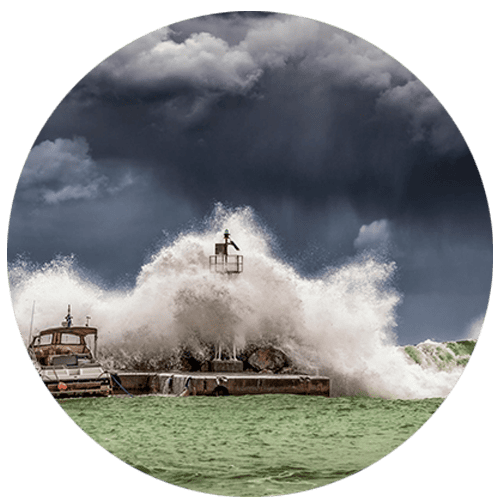
Tsunamis
Designing coastal infrastructure to better withstand tsunami impacts.
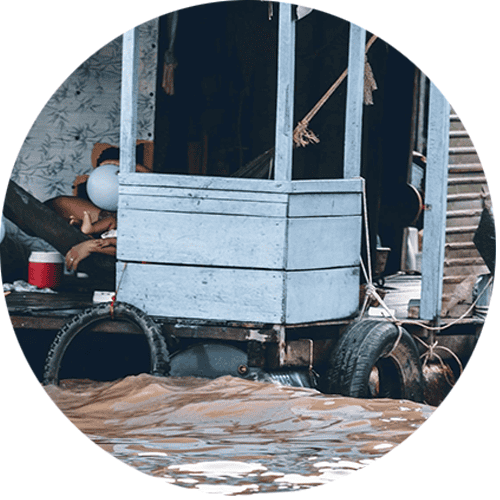
Floods
Analyzing flood causes and designing infrastructure that reduces vulnerability.
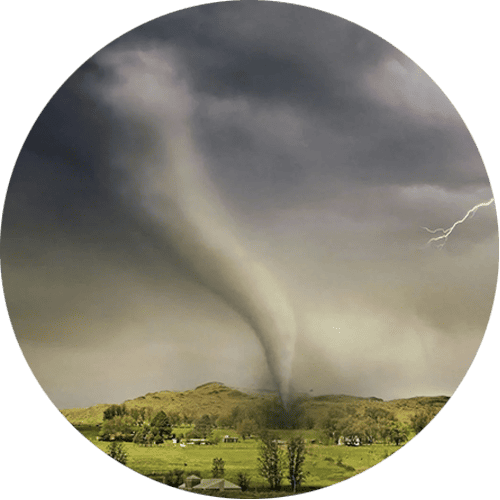
Windstorms, Tornados, Hurricanes
Modeling and mitigating the risks of extreme wind events.
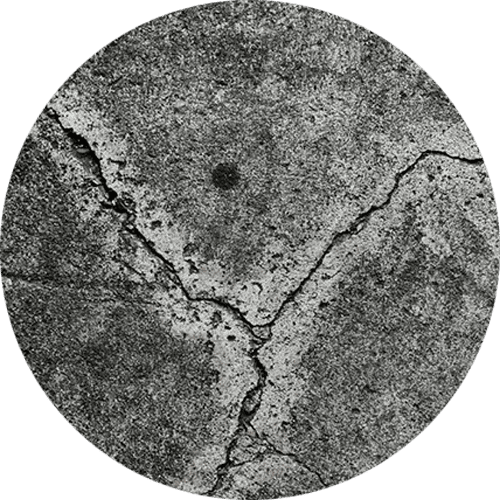
Earthquakes
Enhancing engineering and geotechnical solutions to build more resilient structures and infrastructure.
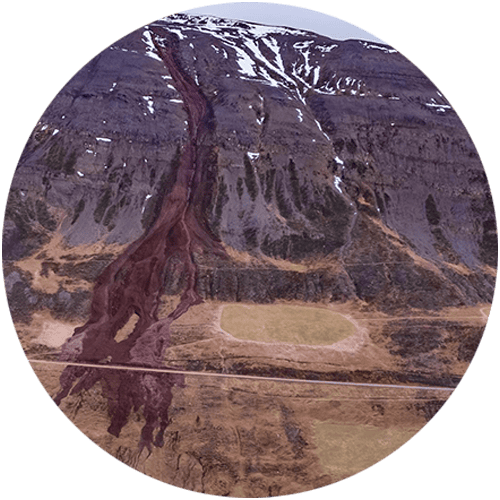
Landslides
Advancing hazard prediction and engineering solutions to mitigate landslide risks.
Collaboration for Real-World Impact
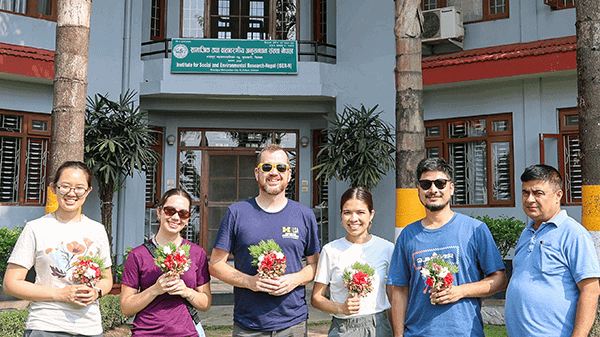
Assistant Professor Sabine Loos explores Flood Impact in Nepal’s Chitwan Valley.
HRR is committed to ensuring our research has a tangible impact on society. By partnering with industries, governments, and local communities, our work translates advanced scientific research into actionable solutions that improve disaster preparedness and resilience. These collaborations help drive innovation in how industries manage risk and protect critical infrastructure, making a meaningful difference in the face of increasing global hazards.
Examples of recent funders of HRR research include the National Science Foundation, the Department of Energy, water utilities, power utilities and city governments.